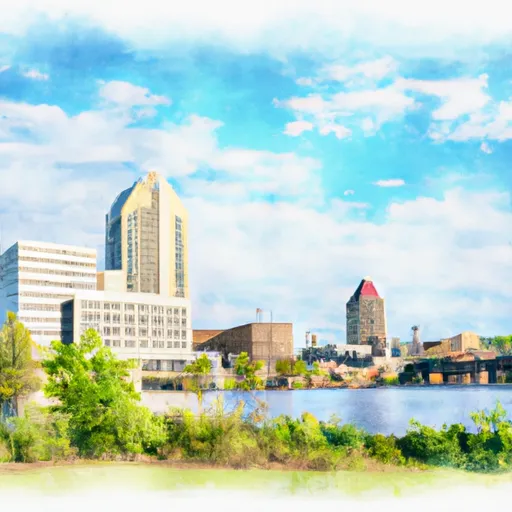°F
°F
mph
Windspeed
%
Humidity











Wisconsin Rapids is a city located in central Wisconsin, known for its picturesque landscapes and outdoor recreational opportunities. The climate in this region is classified as humid continental, characterized by hot summers and cold winters. The average high temperature in summer ranges from 77°F (25°C) to 84°F (29°C), while winter temperatures can drop to an average low of 7°F (-14°C). Precipitation is evenly distributed throughout the year, with an average annual rainfall of about 36 inches (91 cm).
The city is situated along the Wisconsin River, providing ample hydrological opportunities. The river offers opportunities for boating, fishing, and kayaking. Wisconsin Rapids is also home to several lakes, including Lake Wazeecha and Nepco Lake, which provide additional options for water-based activities such as swimming and water skiing.
Outdoor enthusiasts can explore the extensive network of hiking and biking trails in the area, including the scenic Wisconsin River Paper Trail and the Cranberry Creek Mound Hiking Trail. For golf enthusiasts, there are multiple golf courses available, such as the Ridges Golf Course and Bull's Eye Country Club.
In conclusion, Wisconsin Rapids offers a favorable climate for both summer and winter activities, abundant hydrological features, and diverse outdoor recreational opportunities for residents and visitors alike.
Weather Forecast
Wisconsin-Rapids receives approximately 815mm of rain per year, with humidity levels near 82% and air temperatures averaging around 7°C. Wisconsin-Rapids has a plant hardyness factor of 4, meaning plants and agriculture in this region thrive during a short period during spring and early summer. Most plants will die off during the colder winter months.
Regional Streamflow Levels
1,720
Cubic Feet Per Second
802
Cubic Feet Per Second
5,860
Cubic Feet Per Second
67
Cubic Feet Per Second
Nearby Camping
| Camping Area | Reservations | Toilets | Showers |
|---|---|---|---|
| Dry Creek Water Park | |||
| Walkiah Bluff Water Park | |||
| Lake Mike Conner | |||
| Roosevelt State Park | |||
| Lake Columbia | |||
| St. Bernard State Park |



